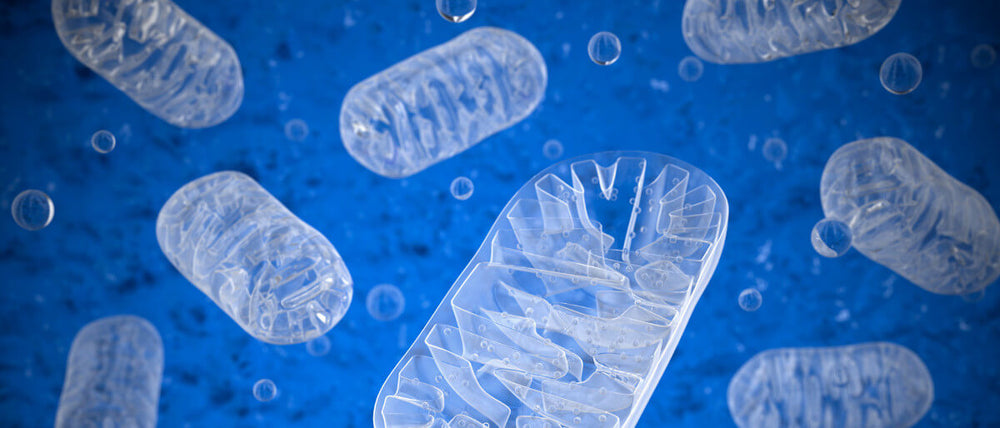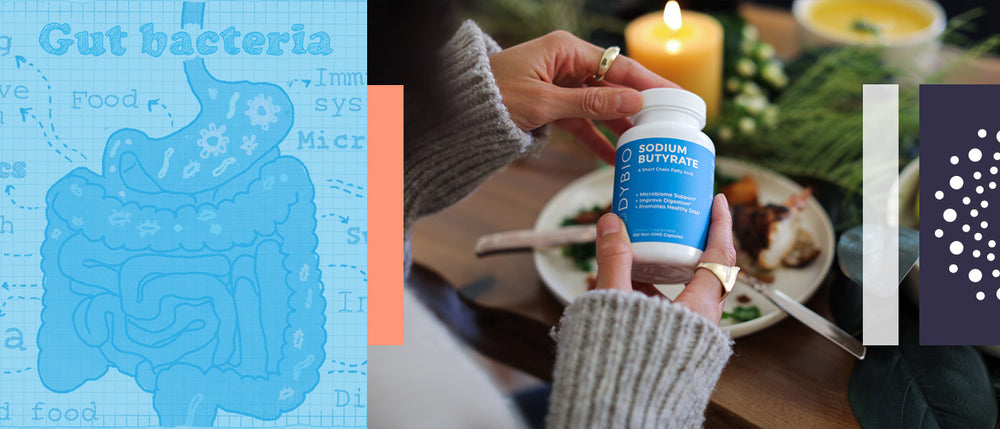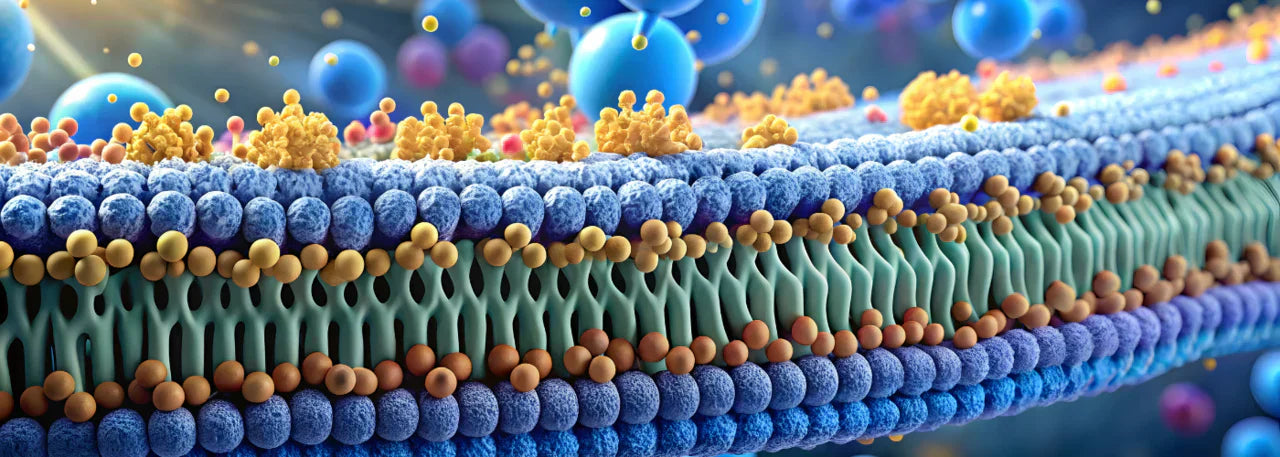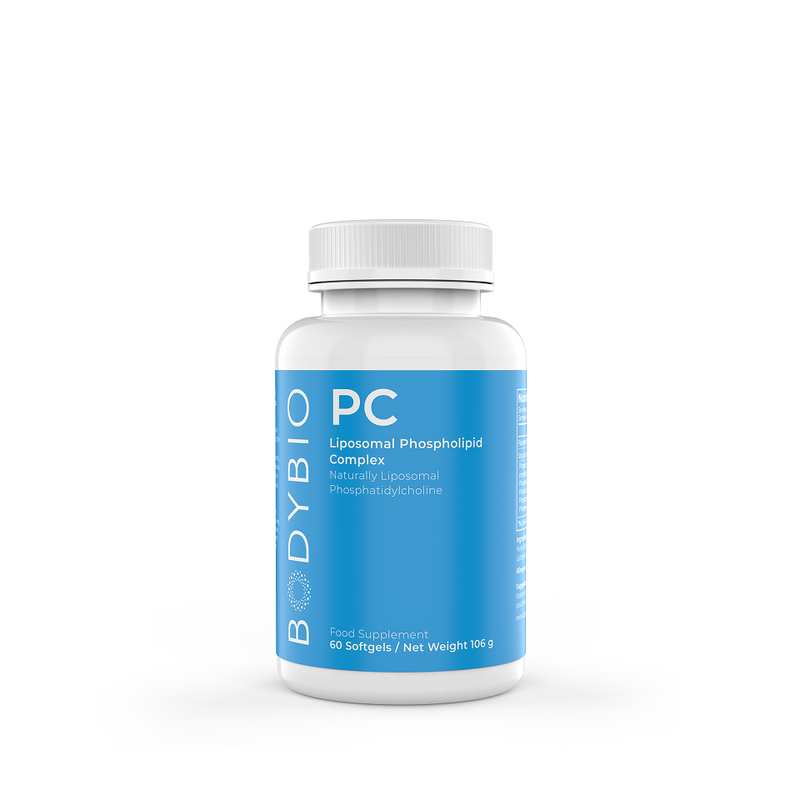How Lyme Disease Steals Your Phospholipids and What That Means for Your Health
Key Takeaways:
Lyme disease doesn’t just make you feel tired or foggy. It impacts your body down to the cellular level. One of the lesser-known ways it does this is by stealing phospholipids (the fats that form the protective layer around each cell). These fats aren’t just structural. They help your cells absorb nutrients, get rid of waste, and communicate with each other. So when your phospholipid levels are low, you physically feel it through low energy, brain fog, sluggish digestion, or even immune system burnout.
Fortunately, you can replace these crucial phospholipids through supplementation and support your cells to thrive with Lyme.*
Table of Contents:
-
What Are Phospholipids, and Why Do They Matter for Lyme Recovery?
-
How Lyme Disease Disrupts Cell Membranes
-
The Long-Term Impact of Phospholipid Loss After Lyme
-
A Closer Look at Cellular Signaling and Membrane Repair
-
PC & PE: Where to Get More (and Why You May Need Them)
-
Rebuilding Cellular Health While Living with Lyme
What Are Phospholipids, and Why Do They Matter for Lyme Recovery?
Do you feel like your body just can’t bounce back, even after treatment for Lyme disease? It might not be your immune system that’s struggling. It could be your cells. Phospholipids are essential types of fat that form the membrane, or outer shell, of every cell in your body. These membranes aren’t just structural; they regulate what comes in, what goes out, and how your cells communicate with one another.
Two phospholipids in particular, phosphatidylcholine (PC) and phosphatidylethanolamine (PE), are especially critical for this process. They’re the same ones most targeted by Borrelia bacteria (a type of spiral-shaped bacteria that causes Lyme disease). When this bacterium enters your body, it doesn’t just cause a temporary infection. It starts pulling resources directly from your cells.
PC and PE are two of the most important phospholipids for your health. PC helps build strong cell membranes that are durable yet permeable. This permeability (ability to let fluids and nutrients pass in and out) is especially helpful in organs that are constantly working, like your gut and liver. PE plays a complementary role to PC by helping cells repair themselves and communicate efficiently, as well as support your mitochondria.
How Lyme Disease Disrupts Cell Membranes
When the Borrelia bacteria (which causes Lyme disease) enters your body, it doesn’t just cause a temporary infection and immune response. It starts pulling resources directly from your cells (acting similar to a parasite). According to 2013 research in Pathogens, Borrelia spirochetes extract PC and PE phospholipids from your cells to build their own protective outer layers.
In other words, these bacteria are using your cell building blocks for themselves, and that leaves your body with less to work with.
This “phospholipid hijacking:”
-
Reduces your ability to maintain strong, functional cell membranes.
-
Leads to a buildup of cellular damage (when cells can’t repair or restore themselves fast enough), which can leave your organs and bodily systems, like your brain, gut, or immune system, struggling to work efficiently.
-
Means healing from Lyme isn’t just about fighting infection. It’s also about restoring balance and integrity to your cells.
The Long-Term Impact of Phospholipid Loss After Lyme
Without enough phospholipids, your cells can’t hold their shape, protect themselves, or communicate effectively with other cells. This disruption affects everything from how your immune system responds to how your body recovers and repairs tissue damage. Which is why you may continue to feel “off” through lingering symptoms like low energy, brain fog, digestive trouble, or mood swings even after Lyme diagnosis and treatment. You can think of this kind of damage as having leaky cells, which can lead to wide-ranging systemic issues.
Replenishing phospholipids gives your body what it needs to restore healthy cell function and rebuild from the inside out.*
A Closer Look at Cellular Signaling and Membrane Repair
Your cell membranes are in constant communication. They pass signals between cells to coordinate immune responses, guide tissue repair, and help your body stay balanced through physical or immune stress. But when your membranes are damaged, like after a Lyme infection, those communications can get scrambled or lost.
That breakdown can disrupt your body’s natural rhythms. When membranes lose integrity, it can affect:
-
Mitochondrial function (how your cells generate energy)
-
Inflammatory signaling (how your body responds to threats)
-
Immune coordination (how well your body recovers or defends against illness)
Research continues to clarify the connection between membrane health and long-term symptoms. A 2021 study in Nature highlights PC as a structural cornerstone of cellular membranes, particularly in the brain, where it supports neuron signaling and cell membrane integrity, having a “pro-neurogenic effect.” A broader review in The Journal of Clinical Investigation explains how phospholipids like PC and PE regulate immune cell behavior, including degranulation (the release of antimicrobial or inflammatory molecules) and cytokine production (proteins that direct immune activity).
For anyone managing post-Lyme symptoms, this means membrane support isn’t just “nice to have,” it’s essential. Nourishing your body with phospholipids helps repair these signaling pathways, a process sometimes supported through approaches like lipid replacement therapy, allowing your cells to communicate more clearly and respond appropriately to stress.
PC & PE: Where to Get More (and Why You May Need Them)
Most people get some phospholipids from food, but depending on your health status post-Lyme, you may not be getting enough through diet alone. And since Lyme pulls these fats out of your system, you may need more than the average person to replenish your cells.
BodyBio PC is a highly absorbable source of both PC and PE (along with PS and PI). It’s designed to support your cells where they need it most—your brain, gut, immune system, and liver.*
How to Support Your Cells in Everyday Life
Making PC and PE part of your daily routine doesn’t have to be complicated. These small changes can add up to meaningful support for your cellular health, especially if you’re managing ongoing symptoms from Lyme.
-
Mix BodyBio PC (liquid version) into smoothies, oatmeal, or yogurt.
-
Take PC softgels as part of your daily supplement routine.
-
Pair with nutrient-dense foods and movement to support cellular recovery.
|
Food & Supplements |
Phospholipid Content |
How It Helps |
|
Eggs (especially yolks) |
High in PC |
Supports liver function, brain health, and metabolism |
|
Beef liver |
High in PC and PE |
Promotes cell repair and energy production |
|
Soy/Tofu |
High in PC |
Assists with nerve signaling and membrane composition |
|
Sunflower seeds |
Moderate PC |
Provides antioxidant support and membrane strength |
|
BodyBio PC Supplement |
Concentrated PC and PE blend |
Directly restores cellular health at the membrane level* |
Rebuilding Cellular Health While Living with Lyme
Even after acute Lyme symptoms go into remission, many people still experience lingering fatigue, brain fog, or immune challenges. These long-term symptoms aren’t always about the infection itself—they can also point to the damage Lyme leaves behind at the cellular level. When Borrelia hijacks your phospholipids, it compromises the structure of your cells. That cellular wear and tear doesn’t just bounce back on its own. Your body needs support to rebuild what was lost.
Replenishing phosphatidylcholine and phosphatidylethanolamine supports your cells in doing what they’re designed to do. And that cellular support can make a real difference in how you feel day to day, even years after your initial Lyme diagnosis. The goal isn’t just to feel “not sick.” It’s to feel strong, energized, and supported from the inside out.










